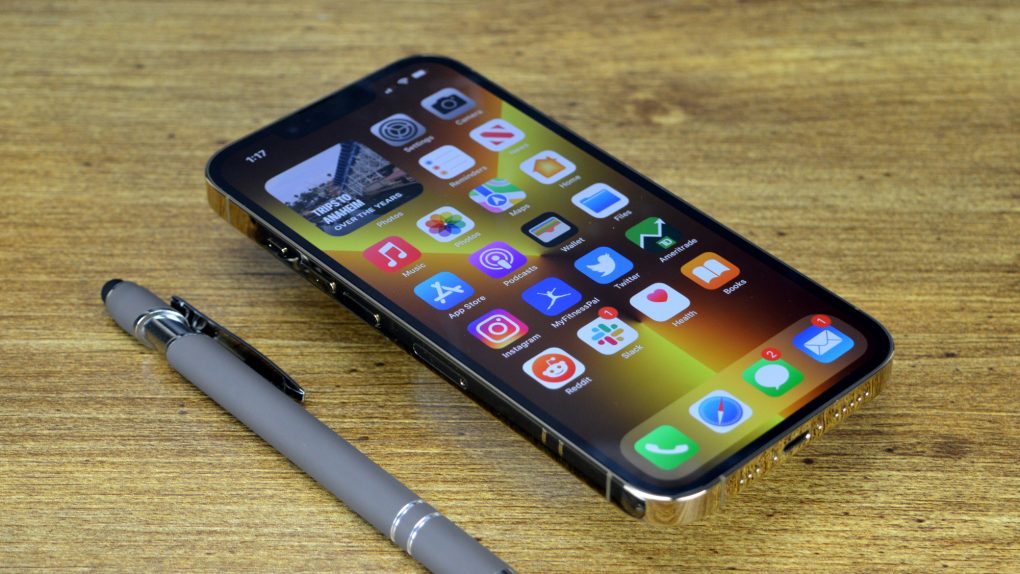The iPhone 13 you want might be harder to come by, as Apple is still struggling to meet demand almost two months after launch. Moreover, you might have to wait even longer to score the phone at a cheaper price if you were waiting to purchase a lightly used, second-hand iPhone 13 to save money. That’s because iPhone 13 models are retaining value better than their predecessors. According to a new study, the components shortage combined with increased demand for the iPhone 13 models are responsible for this phenomenon.
SellCell looked at data from over 45 registered buyback vendors to determine the iPhone 13 price depreciation rate in the first two months since launch. The company then compared the iPhone 13 data to similar information for the iPhone 12 and iPhone 11.
The company explains that all phones start losing value as soon as they hit stores. Even so, the iPhone 13 retained its value better than the previous flagships.
The iPhone 13 price depreciation rate
SellCell noted a depreciation of 25.5% of the original price across the entire range in the first two months. That’s “an unprecedentedly low depreciation figure and the lowest yet for any iPhone launch.”
The iPhone 13 price depreciation is 19.1% lower than the iPhone 11. Similarly, it’s 15.5% lower than the iPhone 12 price drop for the same period. Moreover, the iPhone 13 lost most of its value after the first month or about 24.9%. The entire range then depreciated by an average of 0.6% in the second month compared to the first.
What’s also surprising is that some iPhone 13 models have increased in value between months one and two. The 1TB, 512GB, and 128GB versions of the iPhone 13 Po Max are part of that group. Similarly, the 256GB and 128GB iPhone 13 Pro models and the 512GB iPhone 13 mini regain value in the second month.
A 25.5% average iPhone 13 price depreciation after two months seems impressive enough. That means you can save up to 25% on a used iPhone 13 phone right now. That’s assuming you can find the model you want. But you’d have gotten much bigger savings by the second month after launch for the iPhone 12 and iPhone 11 series.

Put differently, if you’re in the business of swapping smartphones frequently, buying an iPhone 13 means you get more money back for it once you grow bored with it and trade it in.
What the price drop data means
It doesn’t mean, however, that Apple will sell the iPhone 13 models for lower prices. You’ll have to look for discounts from third-party retailers like Amazon or the carriers themselves.
SellCell’s study indicates that as long as Apple struggles to meet iPhone 13 demand, the price isn’t likely to depreciate more significantly. Moreover, the study says that the iPhone 14 isn’t likely to see a similar price behavior unless the chip shortages continue to impact electronics well into 2023.
Rather than waiting for the used iPhone 13 price to drop to get the model you want, you might consider taking advantage of one of the iPhone 13 Black Friday offers out there. Carriers are throwing savings at buyers right now. But, to make the most of those savings you’ll often have to trade in your existing device. In case it’s an older iPhone, you’re likely to score better trade-in prices. Also, the savings you get are often applied via monthly credit bills
Separately, reports say that Apple is boosting iPhone 13 production, in which case the price depreciation might follow previous trends. If that will be the case, then you might want to wait a few more months to buy a cheaper, second-hand iPhone 13.
The complete SellCell study is available at this link in full. It contains price depreciation data beyond the first two months for the iPhone 12 and iPhone 11. This might help you decide on when, how, and what iPhone 13 model to buy.








